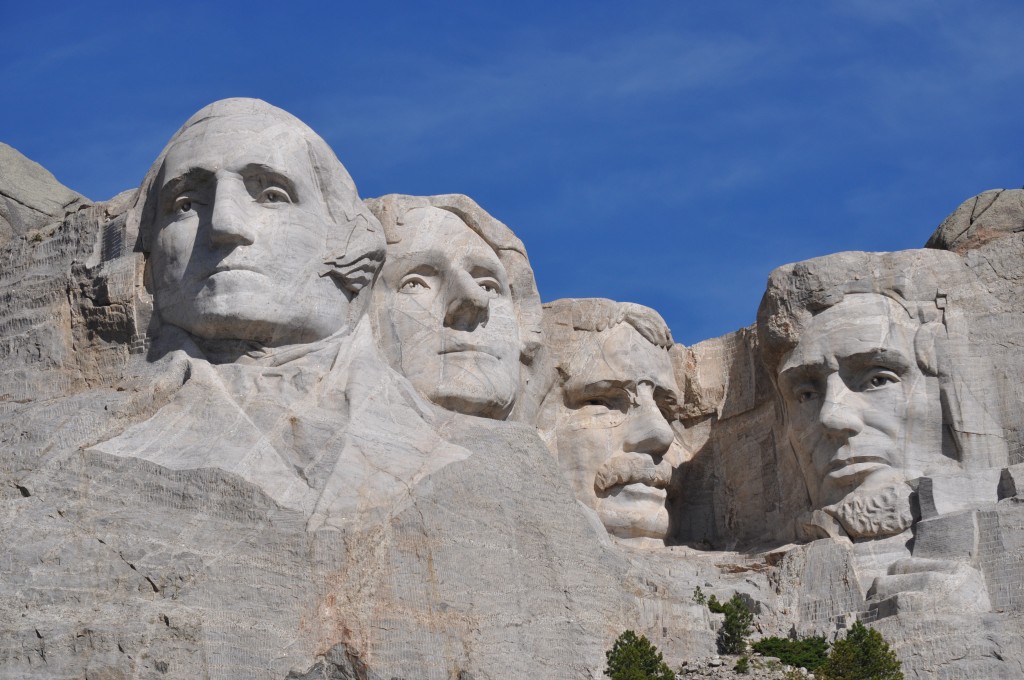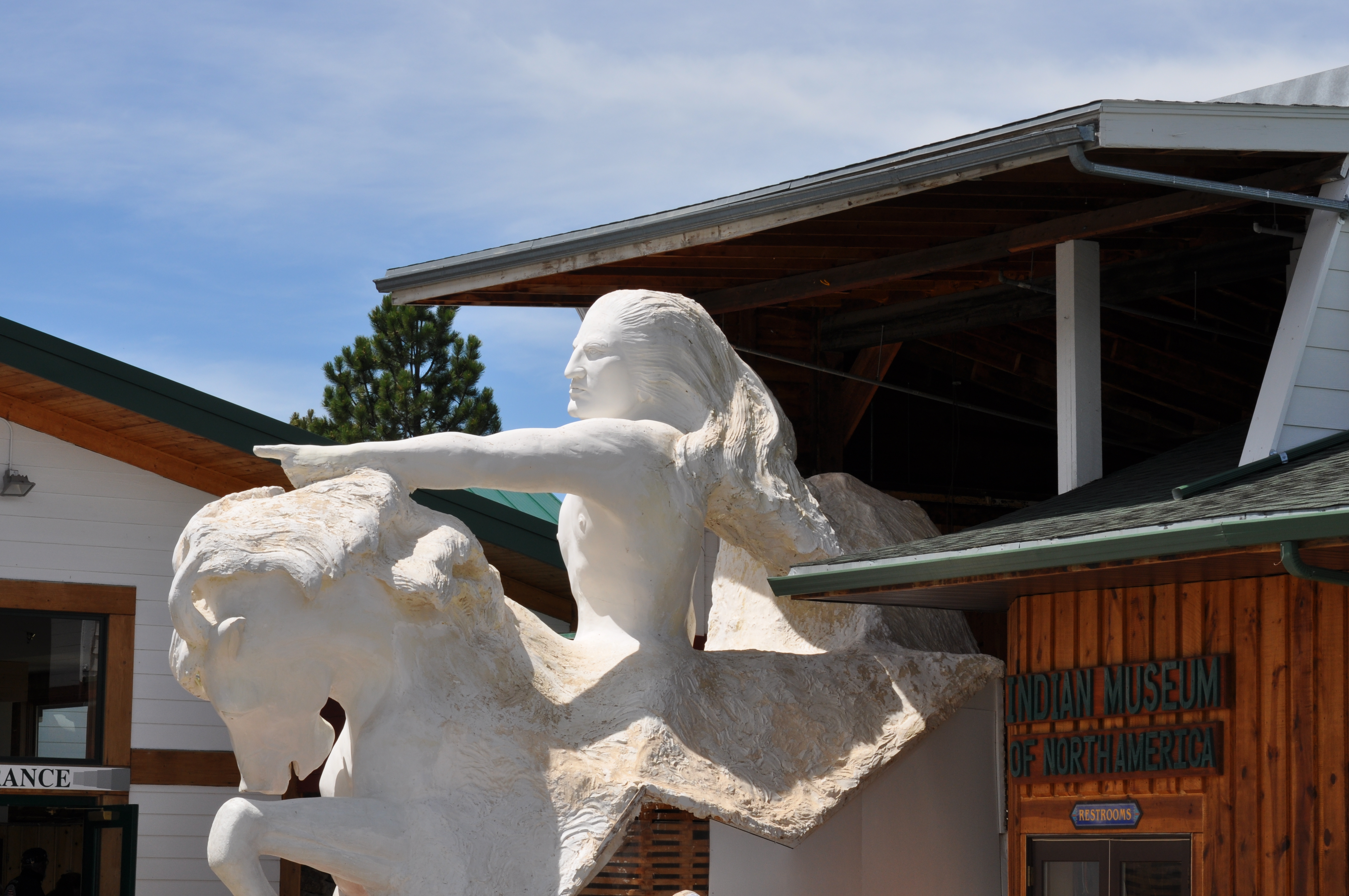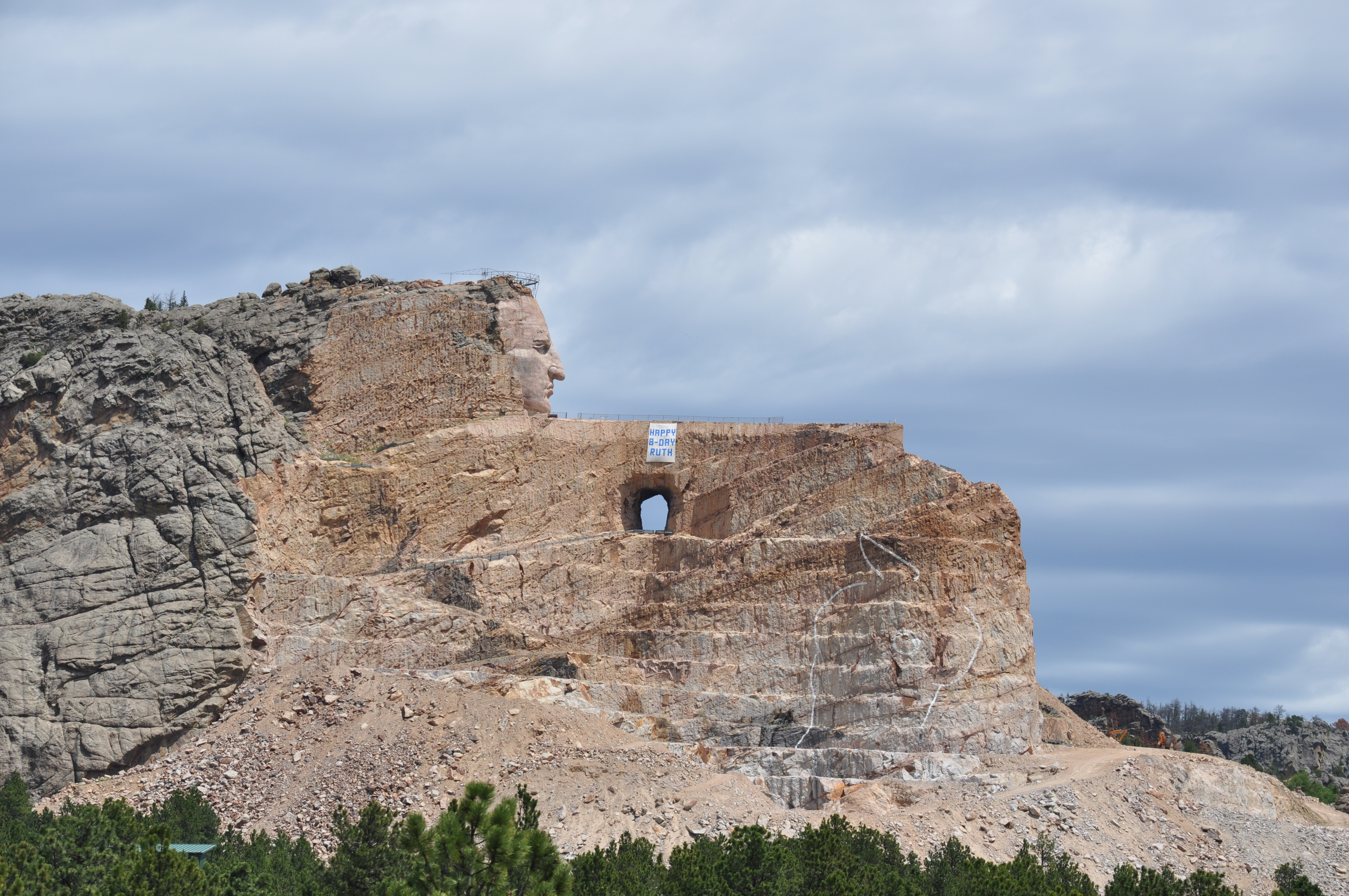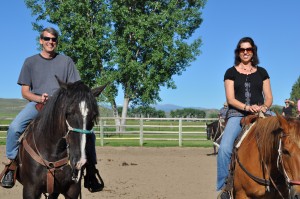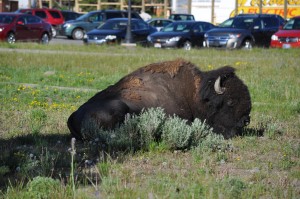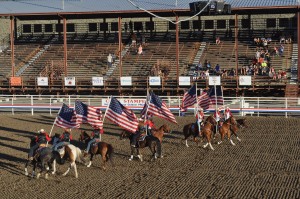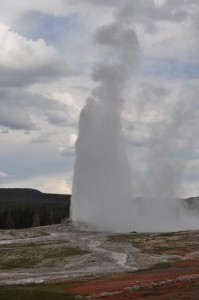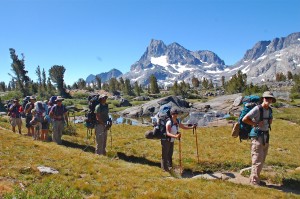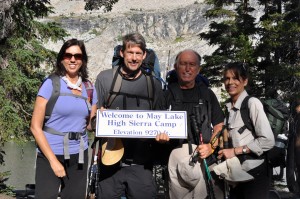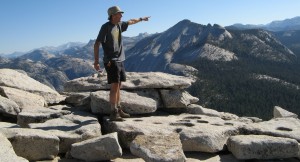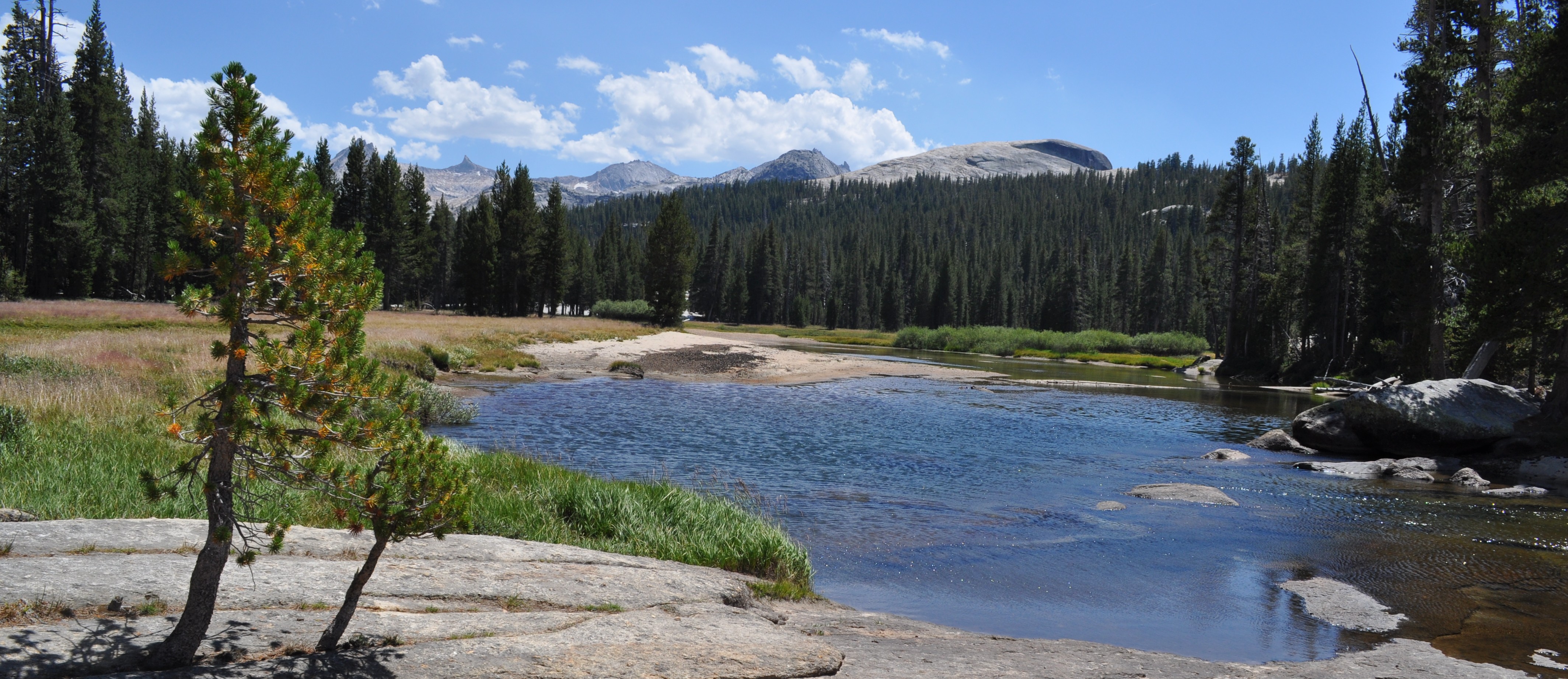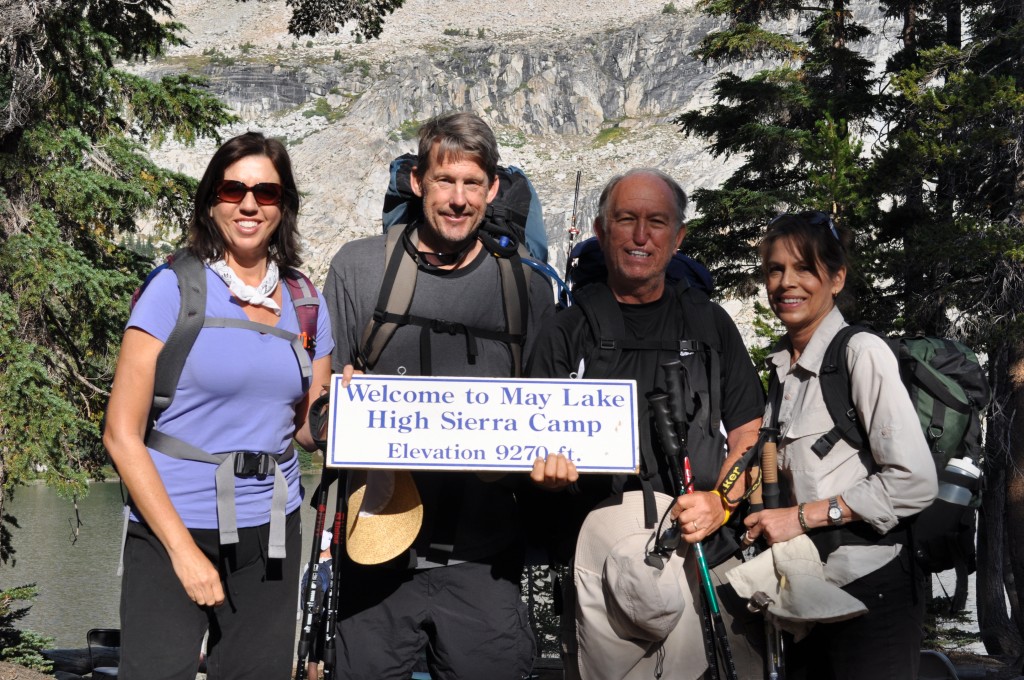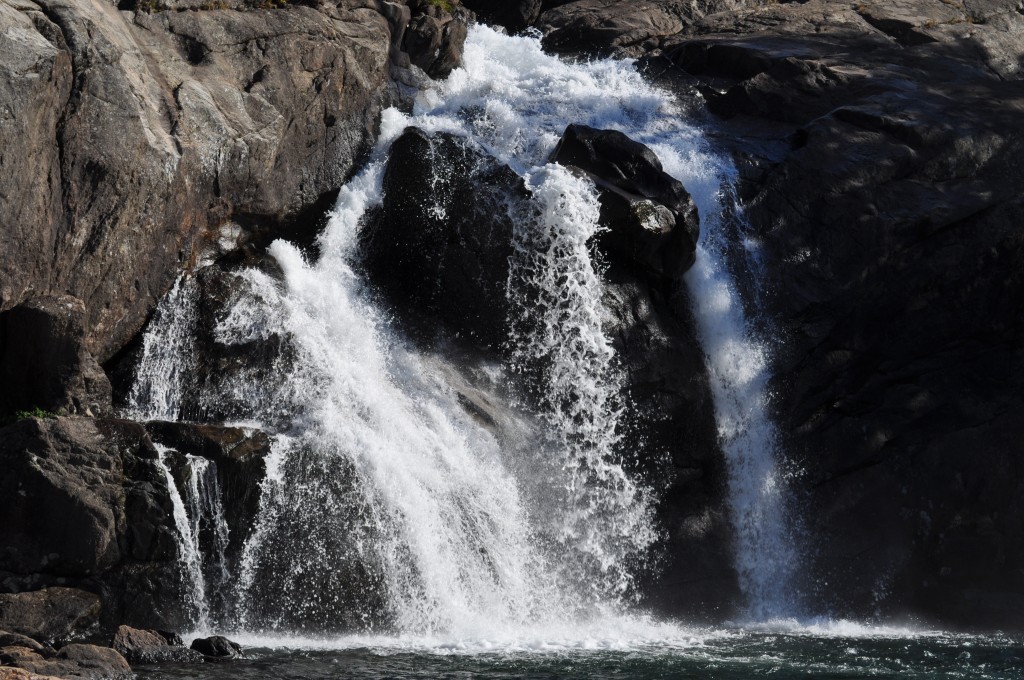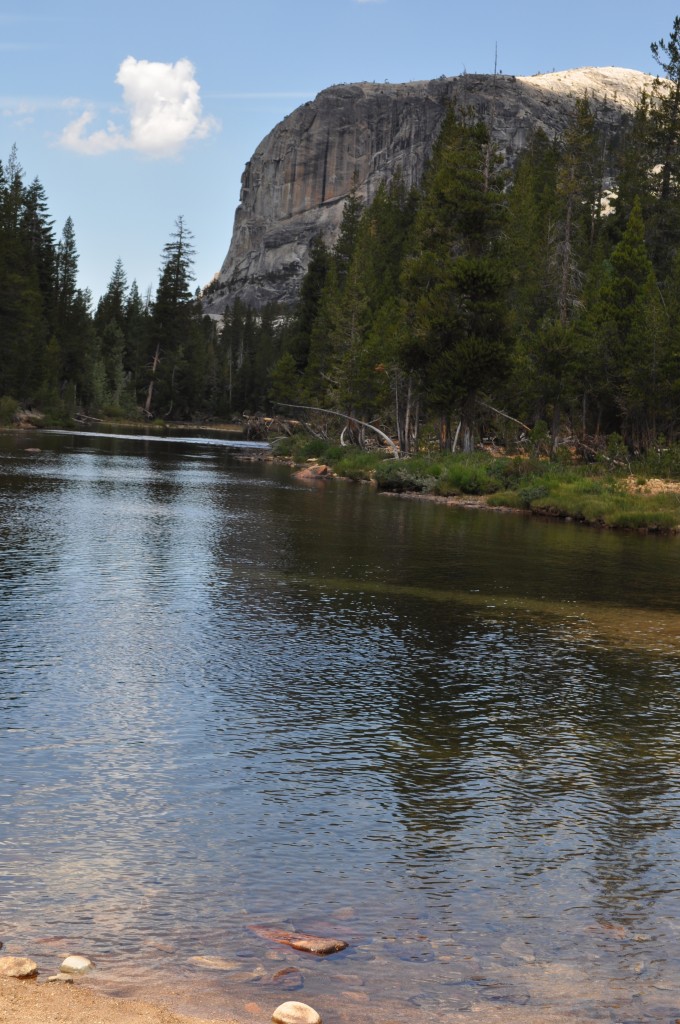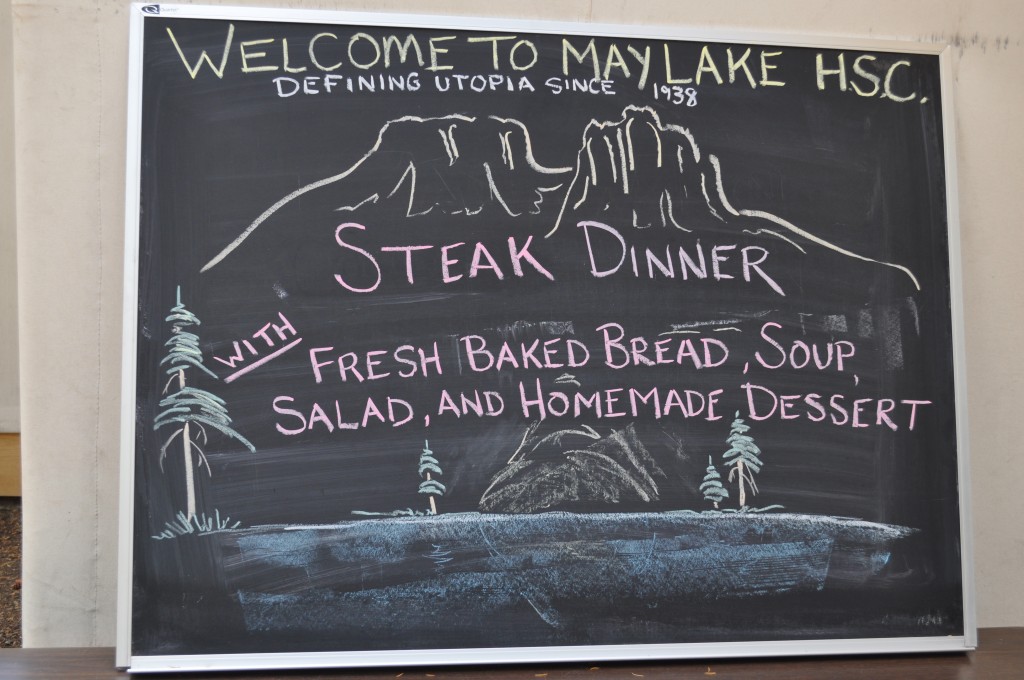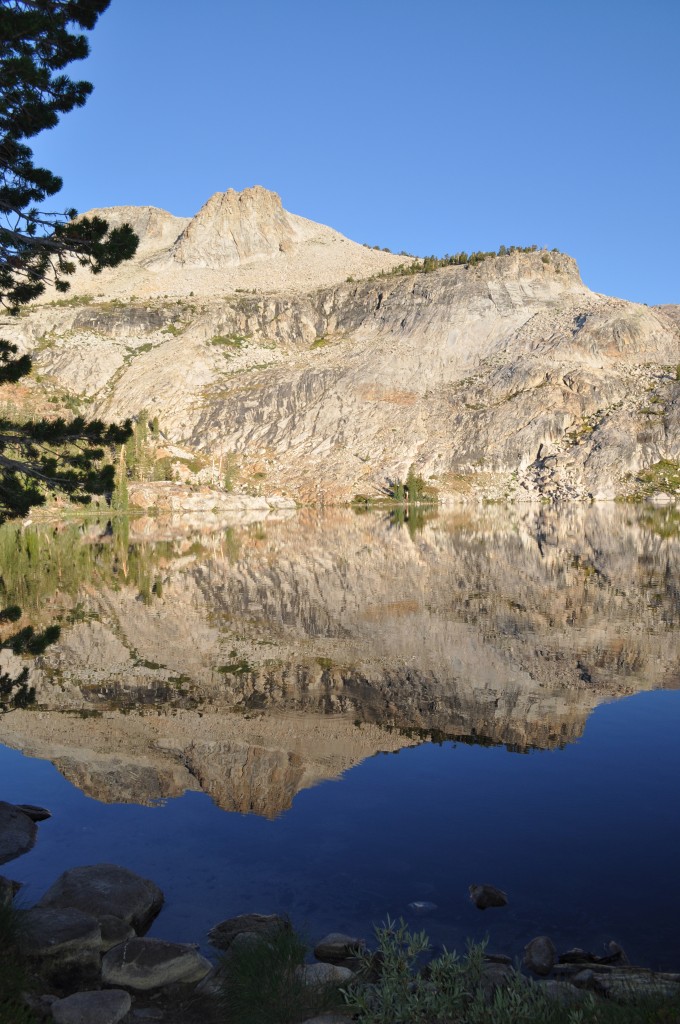Even though I’m a bit of a geography geek, I have to admit no recollection of Rapid City before preparing for our Tauck tour from Mount Rushmore through Yellowstone and Grand Teton national parks. The town in the southwest corner of South Dakota is the gateway to the memorial to four presidents, so it was our starting point. But it does not rank in state capital contests because Pierre holds that position. And I guess my awareness of South Dakota in general was lacking.
A stroll through downtown revealed a city that in its heyday might have been a model for Walt Disney’s iconic Midwestern Main Street and had later fallen on tough times. Some sort of urban renewal has been at work, symbolized by statues of 35 (so far) American presidents on street corners, clearly meant to capitalize on the proximity to Mount Rushmore
The sprawling Indian “trading post” store made it clear we were not in California anymore. Susan picked up some coyote teeth and other small artifacts for her students, but we passed on the full-sized buffalo pelt robe, which was priced at $1,230.
The Mount Rushmore monument itself is one of those things that seem so much bigger (physically and symbolically) when standing before it and considering the enormity of such an undertaking. For sculptor Gutzan Borglum, this enormity was not only in skillfully designing, dynamiting and sculpting noses and brows – imagine an ill-placed TNT blast blowing away what was to be an ear. He had to get government permission and money – lots of it – over many years to make it happen. In order to employ his artistic skills, he had to employ his persuasive skills. He apparently was tireless and masterful at both.
Borglum’s friendship with President Theodore Roosevelt appears to be an object lesson to the power of what we now call networking.
Three of the four presidents depicted are slam dunks, right? The father of our country, the author of the Declaration on Independence, and the savior of the union. So how you pick a fourth to include with that crowd? Do you even need a fourth?
Officially, Washington represents independence, Jefferson expansion (through the Louisiana Purchase that doubled the size of the country), Lincoln liberty (through the Emancipation Proclamation), and Roosevelt conservation (for his love and promotion of wild lands and expansion of the national parks system).
“The purpose of the memorial is to communicate the founding, expansion, preservation, and unification of the United States with colossal statues of Washington, Jefferson, Lincoln, and Theodore Roosevelt.” -Gutzon Borglum. Official Mount Rushmore website
I’ve nothing against Teddy. I admire his rough-riding, Panama Canal-building, trust-busting and nature-loving ways. And who wouldn’t love a guy who called his third party Bull Moose? Still, he seems a bit out of place with the Big Three. If it was really conservation you could argue for Grant, whose signature created the world’s first national park, Yellowstone. And that was after he commanded the Union army’s Civil War victory.
Roosevelt, however, is more connected to the outdoors movement, his pose repeatedly captured admiring natural wonders and bagging big game. But his friendship with Borglum (the sculptor had crafted a bust of Lincoln that Roosevelt displayed in the White House and campaigned for TR) might just have been the clincher to getting the Rough Rider’s gigantic likeness immortalized on the mountain. For Borglum, it might have been a calling card with the powers that be in D.C. He obviously knew what he wanted to do. But he could never have got it done without knowing who could provide the necessary permission and significant funding.
And I figure he needed as powerful a calling card as possible. I’ve been conditioned my whole life to know that this monument exists. But imagine when Borglum first described his grand vision. Can you see a few eyes rolling? And the price tag -which grew significantly over the two-decade quest like California’s bullet train projections. Excuse me!
Actually, the sculptor is not credited with the original brainstorm of turning Black Hills granite into an uber-larger-than-life monument. A superintendent of South Dakota’s Historical Society thought oversized carvings of western icons (Lewis and Clark, Buffalo Bill, Sioux warriors, General George Armstrong Custer) might bring tourists to a beautiful but unknown region. Borglum contended it would be grander (and apparently more attractive of federal funding in competition with sites in, say, Virginia or Oregon) to celebrate icons of the entire United States.
To some Native Americans, the placement of this monument to American leadership in the Black Hills seemed like more salt in the American wounds. The lovely place that derives its name from the contrast dark ponderosa pines and the clouds the mountains attract strike against the white badlands to the east and had long been for Indians a spiritual place of reflection and renewal. Disrupting such country was bad enough – it was being scarred with homage to the government that had fought Indians, broken treaties with them, destroyed their way of life and subjected them to reservations. (How interesting to hear this described on site by our Tauck tour director whose ethnicity combines native and Euro-descended.)
Politics were different in the 1920s. Any Native American protest would not have derailed the grand endeavor. And not much noise was apparently made by a wing of the conservation movement that might object to the very blasting of a mountain or Roosevelt’s brand of “taming” the West, big game hunting.
So in one of the West’s delicious ironies, Lakota Chief Henry Standing Bear approached a Borglum apprentice to create a giant granite monument to Indian icon Crazy Horse in the Black Hills, just down the road from Rushmore. Korczak Ziolkowski, a Polish immigrant from Boston didn’t just take the job, he made it a life’s devotion that outlasted him and now rests with his widow, 10 children and their progeny.
Crazy Horse dwarfs Rushmore and is pitched as the largest of its kind. It has already taken much longer to create and relies entirely on private donations. Ziolkowski was as strong in his belief in the free market as in his devotion to “honor the culture, heritage and living heritage of North American Indians.”
Is this work in progress an accurate depiction of the legendary leader, warrior and strategist? Hard to know since no photographs or paintings exist; only oral descriptions were passed down. Seems to me it doesn’t matter. It’s more than about a man, or even a tribe, or even a culture (for there are many distinct Native American cultures). Just as Rushmore’s greater meaning is about the ideals of America and the struggle to live them, Crazy Horse symbolizes dignity, struggles and renewal of native peoples. Its campus has become a magnet for Indians from around the country to gather, display and sell their wares, and celebrate and renew a culture interrupted.
And perhaps even brings the Black Hills back to spiritual balance.
Next: Cowboys, Buffalo and Lots of Hot Water.
